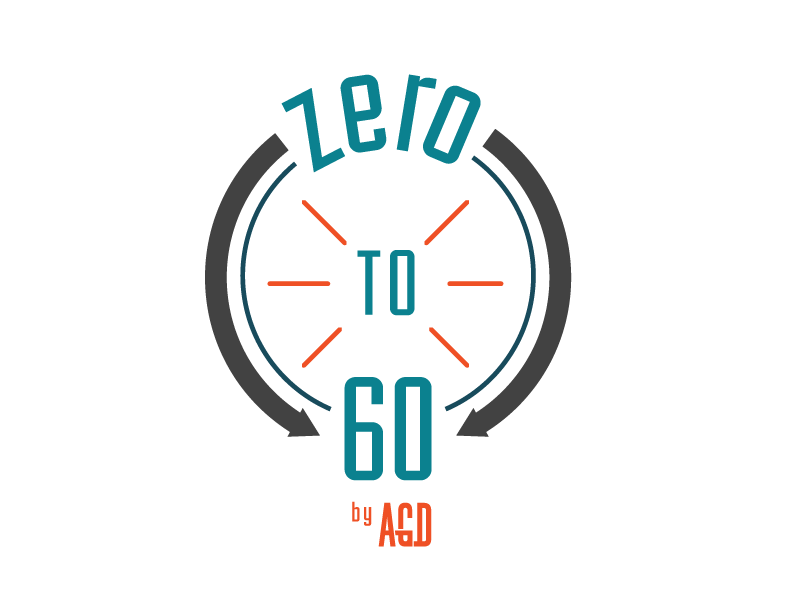The Royalty Paradigm Shift
There is a new paradigm for creating repeatable income and how to think about artist royalties. There are three concepts we can change our perspective on to achieve this paradigm shift. Let’s dive in.
Comparing streaming royalties to album sales is futile.
Streaming royalties are complicated.
Proactive steps will earn you more than algorithmic discovery.
Comparing streaming to sales is futile.
Without taking too deep a dive into copyright law here, it’s worth pointing out that the value of owning the masters to a recording goes far beyond streaming royalties or physical albums. Because artists prefer to focus on creating rather than marketing or “selling” they'll usually migrate to the quickest and easiest point of sale. Prior to streaming this was physical album sales. Now it’s obviously playlists. But royalties you earn from streaming are not comparable to the sale of an album and shouldn’t be expected to replace them but add to them. To exemplify these differences we can look to the RIAA which seems to have the most in depth look at streaming habits vs. album sales
“After a comprehensive analysis of a variety of factors – including streaming and download consumption patterns and historical impact on the program – and also consultation with a myriad of industry colleagues, the RIAA set the new Album Award formula of 1,500 on-demand audio and/or video song streams = 10 track sales = 1 album sale. Also effective today, RIAA’s Digital Single Award ratio will be updated from 100 on-demand streams = 1 download to 150 on-demand streams = 1 download to reflect the enormous growth of streaming consumption in the two plus years since that ratio was set. Just as RIAA announced when setting the initial formula in 2013, our analysis and the determination of a formula is based on comparative consumption patterns, not marketplace value.”
What streaming provides to artists, especially through Spotify, is a new avenue of discovery. So when a song reaches 1 million new listeners via a playlist, those streams are not comparable to an mp3 download much less an album sale. It’s more comparable to being on the radio in NYC for about a week at best. And with this comparison to terrestrial radio, the royalty payout is actually pretty great.
The traditional album revenue stream is still available and should still be leveraged. It can still be as profitable as it once was if you develop your audience to participate in purchasing albums. Physical album sales for vinyl are rising as trends for “makers” and “tactile” products become sought after in our digital world. This doesn’t just mean vinyl or CD’s for the old timers. Digital album sales are rising as people become increasingly cautious about security. There is a large subset of music superfans that desire to “own” the music they love and not “borrow” it from Spotify or Pandora.
Comparison is the thief of a lot more than joy. It very much seems to be the thief of artists revenue as well. Owning your masters gives you the right to exploit your recordings in a myriad of different revenue streams and all of them create various royalties for you. While artists are so concerned with comparing the smaller royalty they’re getting from streaming than what they used to make off CD sales, they’re missing out on a lot of possible income.
In Parts 2 and 3 we’ll tackle ways to increase revenue not only from streaming but all the other avenues available.


